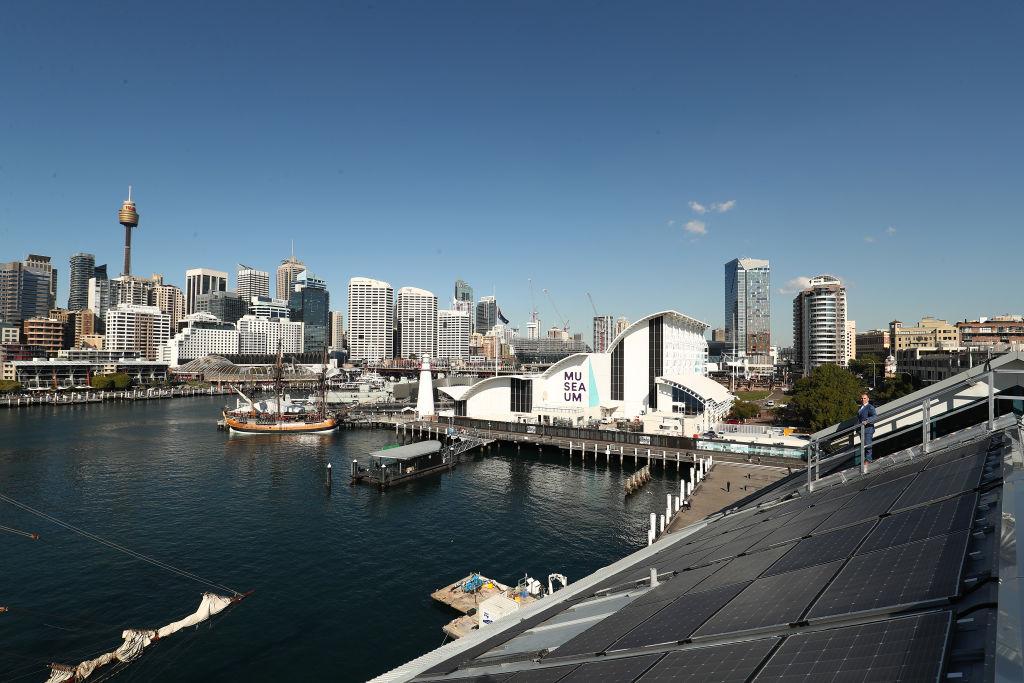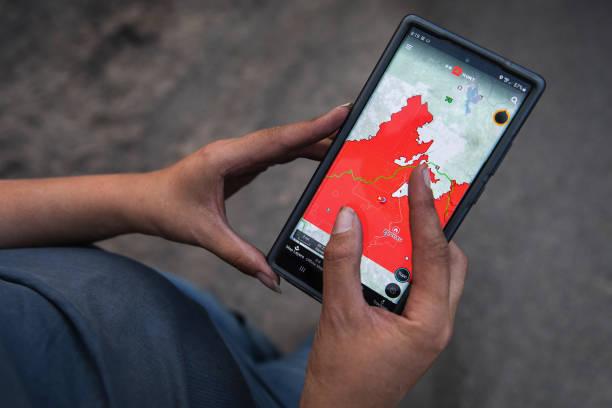Australian National Maritime Museum has recently acquired historical items relating to Operation Jaywick, an Allied commando raid in Japanese-occupied Singapore in World War II. The articles are now reunited with MV Krait, the original vessel of Operation Jaywick, which is on display at the Museum in Darling Harbour, Sydney.
“The objects, a faux Japanese flag, medals and knife are of great national significance to Australia,” The Museum said in a statement on Tuesday. The items are currently being placed into the National Maritime Collection and will be united with the ship in the lead up to ANZAC Day on Sunday.





